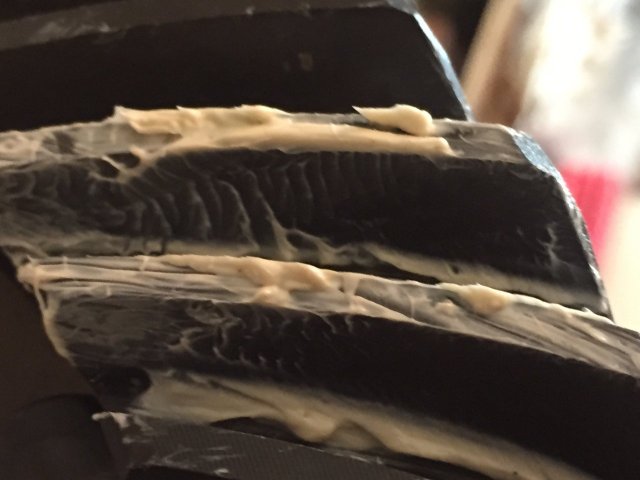- Thread starter
- #61
It is a solid sleeve, Paul. I guess it looks like a crush sleeve. I don't know how they look because the OEM pinion uses a shoulder on the gear that acts like a solid sleeve. I have measured (kinda) the depth (taking into account differences in bearing design and other factors, like Spock) and I am starting with one shim beneath it. It came with quite a few mostly about the same thickness.are you using a crush sleeve or solid spacer on pinion?
after reviewing the pic saw the crush sleeve. same goes of it as the carrier nuts . better get ya a young-un wit lots of muskles as popeye would say















